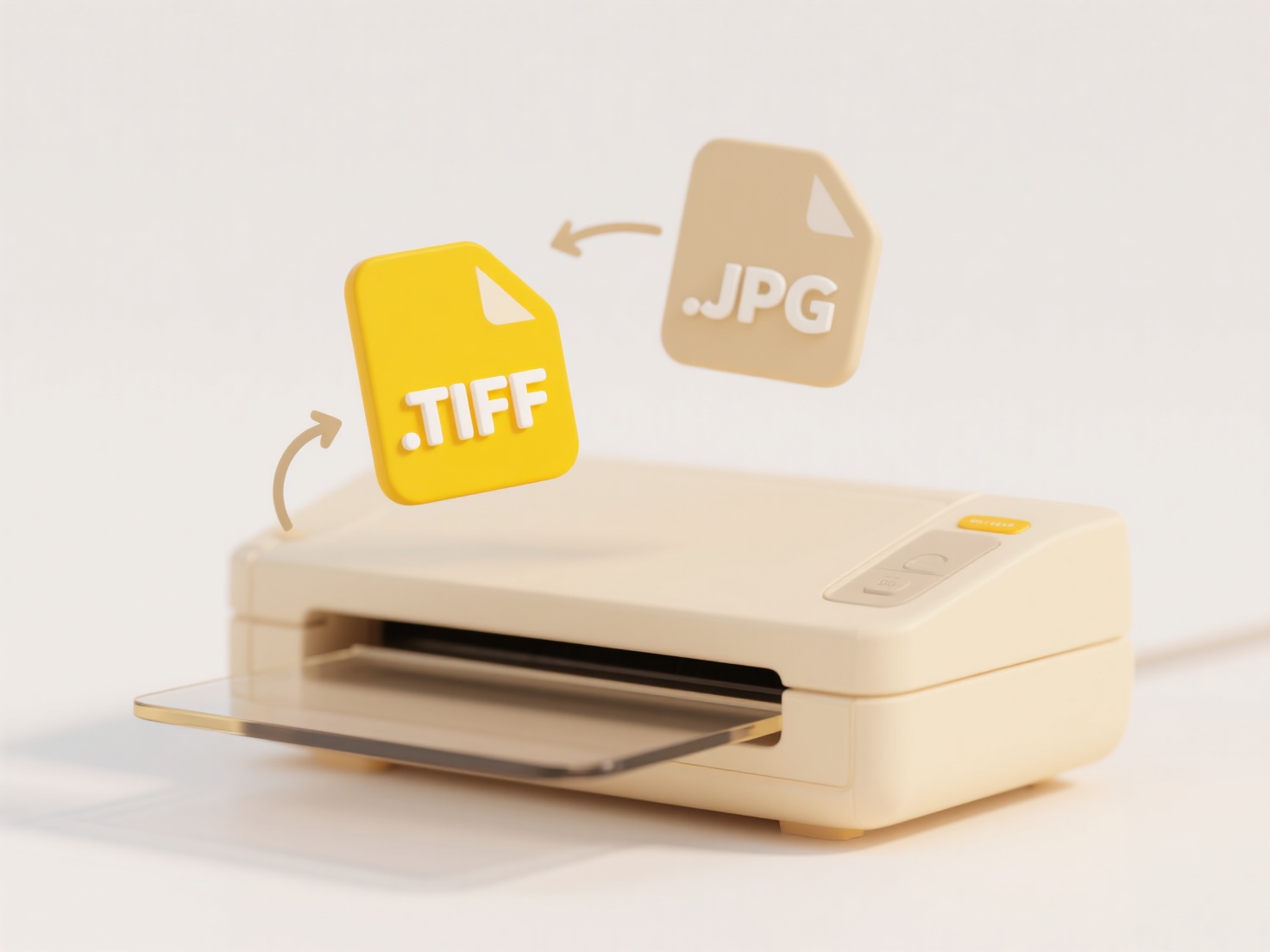
Labeling temporary files in their names involves including identifiers like "temp" or "tmp" to signal these files are interim and safe for deletion. This practice distinguishes them from permanent files, reducing accidental data loss or confusion during cleanup. Temporary files are typically generated automatically by systems or applications for tasks like caching or data manipulation and are meant for short-term use only.
Common examples include software like image editors saving versions as "document_temp.jpg" during user work sessions, allowing safe crashes without damaging the original. Batch data processing scripts often output files named "report_tmp.csv" until final validation occurs, indicating they aren't the authoritative version. Industries like software development, scientific computing, and media production rely heavily on this convention.

Clear identification prevents accidental deletion of critical files and streamlines system maintenance, enhancing data integrity and storage management. However, it depends solely on human or system adherence to naming rules, which can fail if conventions aren't universally applied. While no major ethical issues exist, inconsistent labeling can cause workflow disruptions or data loss. This simple, low-cost practice remains vital for reliable system operations despite its reliance on discipline.
Should temporary files be clearly marked in the file name?
Labeling temporary files in their names involves including identifiers like "temp" or "tmp" to signal these files are interim and safe for deletion. This practice distinguishes them from permanent files, reducing accidental data loss or confusion during cleanup. Temporary files are typically generated automatically by systems or applications for tasks like caching or data manipulation and are meant for short-term use only.
Common examples include software like image editors saving versions as "document_temp.jpg" during user work sessions, allowing safe crashes without damaging the original. Batch data processing scripts often output files named "report_tmp.csv" until final validation occurs, indicating they aren't the authoritative version. Industries like software development, scientific computing, and media production rely heavily on this convention.

Clear identification prevents accidental deletion of critical files and streamlines system maintenance, enhancing data integrity and storage management. However, it depends solely on human or system adherence to naming rules, which can fail if conventions aren't universally applied. While no major ethical issues exist, inconsistent labeling can cause workflow disruptions or data loss. This simple, low-cost practice remains vital for reliable system operations despite its reliance on discipline.
Quick Article Links
What’s the difference between renaming and saving as a new file?
Renaming a file changes its name while keeping it as the same single file in the same location. Saving as a new file cre...
How do I make file names easier to understand for others?
File naming conventions are systematic rules for naming files to improve clarity and organization. They involve using co...
How do I locate a file uploaded to a shared folder?
Locating a file within a shared folder involves using the tools provided by the storage platform to find specific conten...